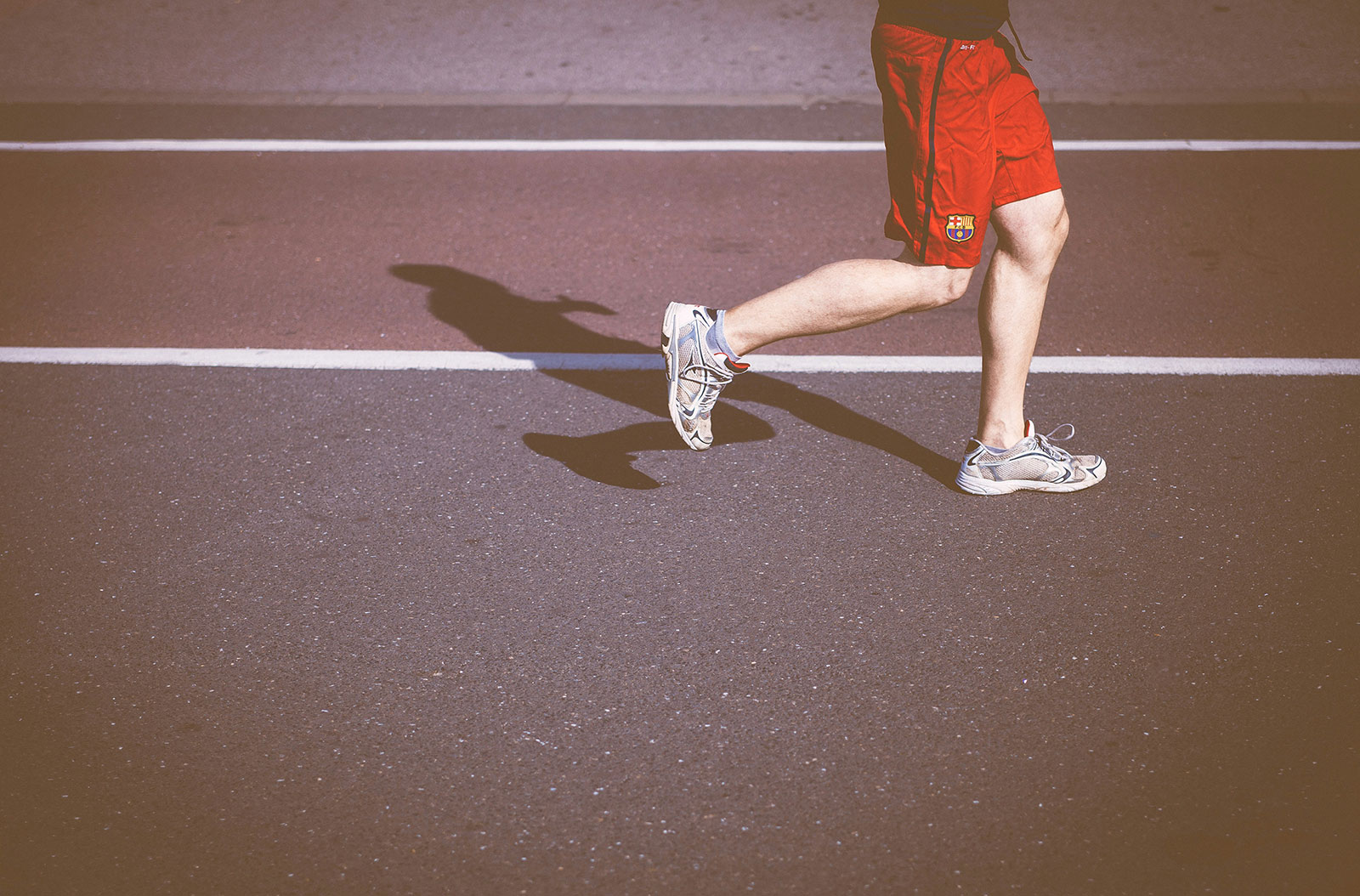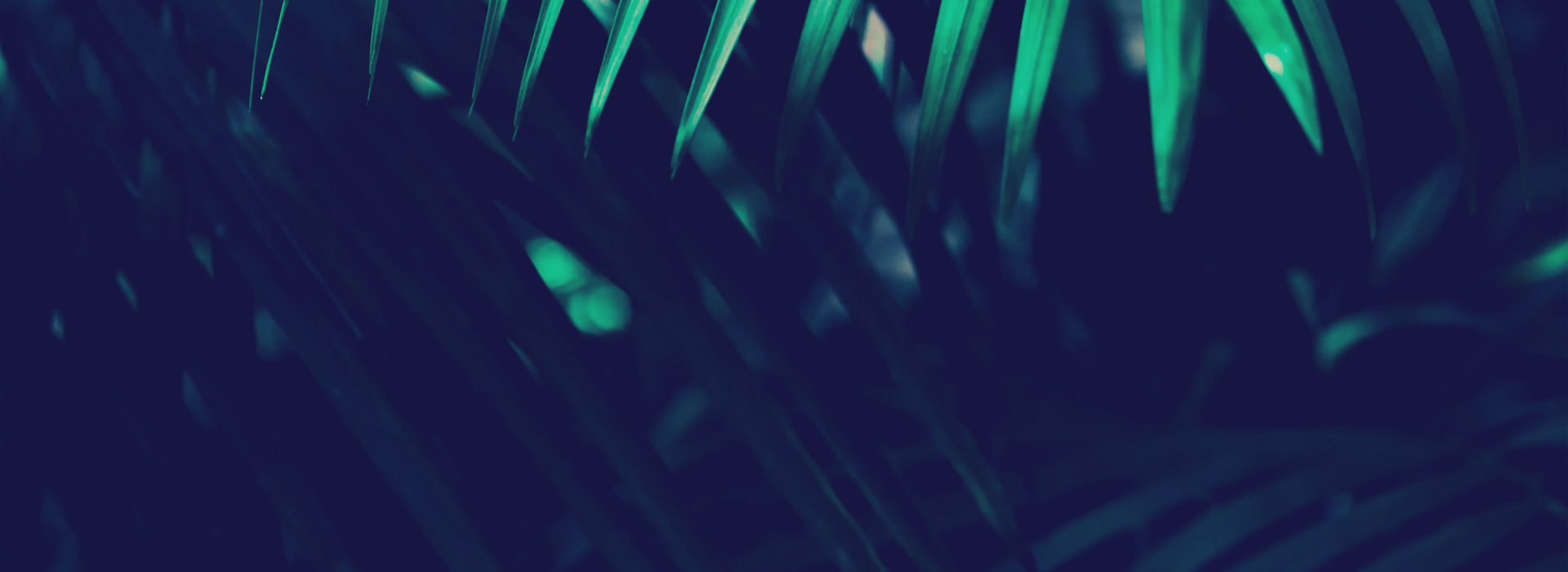
Tendinopathy of the lower limb
In August we headed down to the bright lights of Sydney for Dr Peter Malliaras’ Mastering Lower Limb Tendinopathy course. Peter is an internationally respected tendon researcher who also manages a tendinopathy clinical case load.
Pre course work involved a refresher of topics such as Tendon structure and function, the latest research relating to the pathology and pain of tendinopathy and how this relates to clinical practice, what causes tendinopathy and the changes in movement, biomechanics and neuromuscular factors that can occur after the onset of pain, and developing an accurate approach to diagnosis, assessment and management of all common lower limb tendinopathies.
The course covered all aspects of lower limb tendinopathies that we see in clinic including hamstrings, gluteal, patellar, Achilles, tibialis posterior and plantar fascia.
Each tendon was approached systematically, with diagnostic clues, load tests, case studies, appropriate loading programs, and return to function/sport.
Common rehab errors were also covered, with a theme of inadequate load and patient education.
10 gems we took from the course
“you can’t go wrong with getting strong!”
1. Rest does not improve tendinopathy. Pain may settle, but will be back when returning to activity, because rest does not increase the tolerance of the tendon to load.
2. Exercise is the most evidenced based treatment for tendinopathy
3. Modifying load is very important. This may involve short term reduction of pathological tendon load.
4. Exercise needs to be specific to the individuals pain and functional goals.
5. Tendinopathy responds very slowly to exercise. Patience is key; exercise needs to be correct and progressive.
6. Tendinopathy rarely improves long term with only passive treatments. Passive treatments should be adjuncts.
7. Tendinopathy is not considered a classic inflammatory response, but there could be an inflammatory element
8. The cause can be multifactorial. The main factor is sudden change in activities that require the tendon to store energy, and loads that compress the tendon. Biomechanics and systemic factors can predispose some people.
9. Pathology on imaging does not equal pain. Severe pathology or tears does not necessarily mean you will not get better or have a poorer outcome.
10. Pathology is not likely to reverse in most cases. Most treatments are targeted to improving pain and function, although tissue healing is still a consideration.



No Comments
Sorry, the comment form is closed at this time.